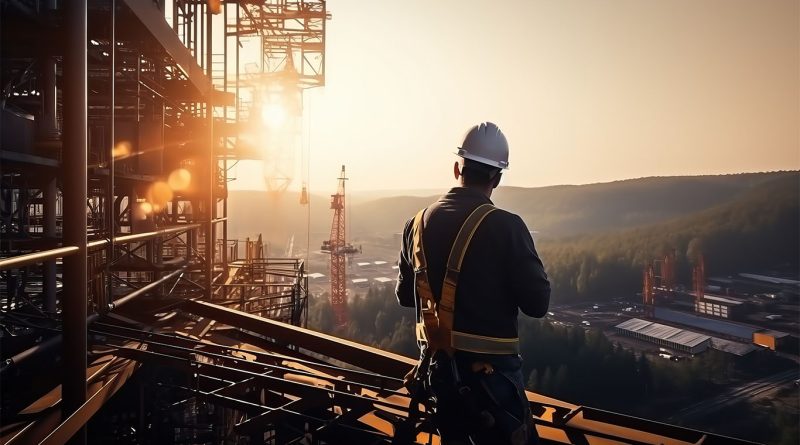The construction industry stands at the forefront of shaping our built environment. However, with great power comes great responsibility, especially concerning sustainability. As we delve deeper into the 21st century, the push for eco-friendly construction practices and innovations is more than a trend; it’s a necessity. Here are some of the best practices and cutting-edge innovations driving sustainability in construction, aiming to inspire a greener future for all.
Embracing green building standards
The adoption of green building standards and certifications, such as LEED (Leadership in Energy and Environmental Design), has become a cornerstone of sustainable construction. These frameworks encourage the reduction of energy use, water consumption, and greenhouse gas emissions, promoting the use of renewable energy sources and materials with lower environmental impacts. By adhering to these standards, construction projects can significantly reduce their carbon footprint while enhancing building efficiency and occupant health.
Innovative materials: The foundation of eco-friendly construction
The choice of materials plays a critical role in sustainable construction. Innovations like self-healing concrete, which repairs its own cracks, reduce maintenance needs and extend the structure’s lifespan. Recycled materials, such as plastic bricks and rubber pavements, repurpose waste into valuable construction resources. Furthermore, the use of sustainable timber, bamboo, and other rapidly renewable resources offers a sturdy, eco-friendly alternative to traditional building materials.
Energy efficiency through smart design
Energy efficiency in construction goes beyond the materials and dives into the realm of intelligent design. Techniques such as passive solar design utilise the building’s orientation, window placement, and thermal mass to regulate temperature naturally, reducing reliance on heating and cooling systems. Green roofs and walls not only improve a building’s insulation but also combat urban heat islands, contributing to cooler cities.
Water conservation techniques
Water is a precious commodity, and sustainable construction practices recognise its importance through innovative water conservation techniques. Rainwater harvesting systems collect and reuse rainwater for landscaping and flushing toilets, significantly reducing potable water usage. Low-flow fixtures and greywater recycling further contribute to water efficiency, ensuring that every drop is used judiciously.
Embracing renewable energy
The integration of renewable energy sources, such as solar panels, wind turbines, and geothermal systems, into construction projects is a game-changer for sustainability. These technologies provide clean, green power to buildings, cutting down on fossil fuel dependence and energy costs over time. Additionally, advancements in battery storage technology enable buildings to store excess renewable energy, ensuring a constant power supply even when the sun isn’t shining or the wind isn’t blowing.
The future is modular and prefabricated
Modular and prefabricated construction methods offer a sustainable alternative to traditional on-site building techniques. By assembling parts of a building in a factory, there’s less waste, reduced construction time, and lower emissions from transportation. This method also allows for more precise construction, minimizing errors and resource overuse.
The path forward
Sustainability in construction is not just about adopting eco-friendly practices today but also about innovating for tomorrow. As technology advances, so too will the methods and materials available for sustainable construction. By embracing these best practices and innovations, the construction industry can lead the charge towards a more sustainable, environmentally friendly future.
The journey towards sustainability in construction is ongoing and multifaceted. It involves a commitment to green building standards, innovative materials and design, energy and water conservation, and the integration of renewable energy. As we continue to evolve and innovate, the goal of achieving truly sustainable construction becomes ever more attainable, paving the way for a greener, more resilient world.
If you’re looking for an exciting new career opportunity in the construction industry in the UK, make sure to click through to our jobs page. Follow us on LinkedIn for our latest jobs and industry news.


